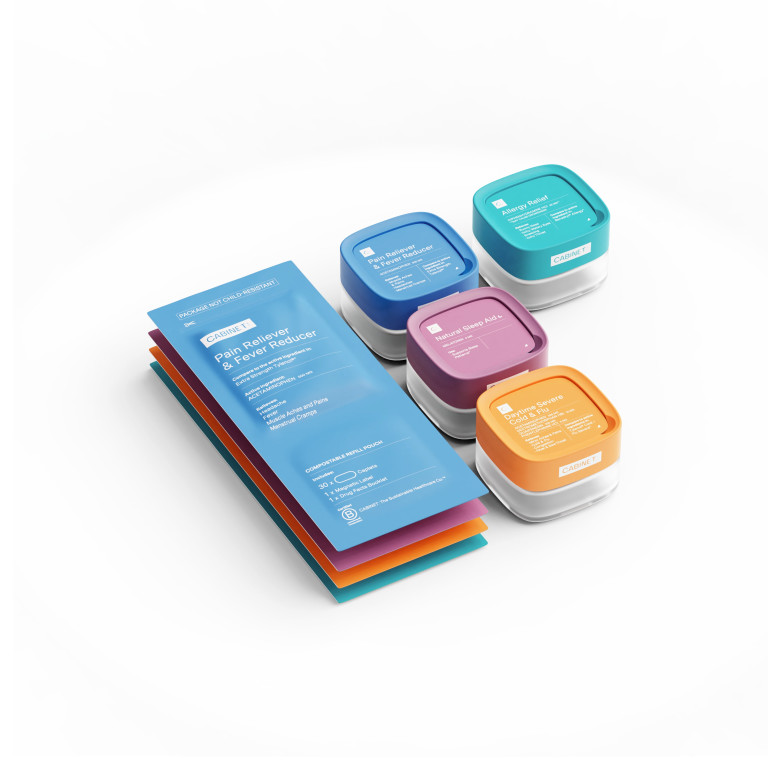What are microplastics?
Plastic waste can come in all sorts of shapes and sizes. Microplastics, as the name may suggest, are tiny pieces of plastic debris that are under 5 millimeters long.
Where do microplastics come from?
According to a study performed by the International Union for Conservation of Nature (IUCN),2 everyday consumer products, or primary microplastics, are the main sources of microplastics in the ocean.

The primary sources of microplastics include:
1. Synthetic textiles
Polyester, nylon, acrylic, and other synthetic fibers are all different forms of plastic. Synthetic fibers have become very popular in the textile industry because they’re inexpensive, versatile, and easy to care for.
When synthetic textiles are washed, plumbing in your washing machine sends used water to a wastewater treatment plant. Tiny fibers that shed during washing are too small to be filtered by these plants and, instead, end up in the ocean.
While cotton and other natural fabrics are biodegradable, synthetic fabrics aren’t.
2. Tires
Synthetic rubber (a plastic polymer) makes up almost a quarter of a tire—the material works to provide the tire with stiffness and traction. Over time, tires wear down and leave dust on the road. These tire remnants eventually enter bodies of water and oceans via wind and rain.
3. City dust
Weathering, abrasion, and detergents create city dust from synthetic products.3 While each individual action seems minuscule, dust adds up quickly in dense areas.
Some examples of city dust include: wearing of synthetic soles on shoes, surface erosion on buildings, and use of detergents.
4. Road markings
Polymer paint and tape are used to create and maintain road markings. Constant contact between vehicles and these markings promote weathering and resulting plastic debris enters the environment.
5. Marine coatings
Marine coatings are waterproof, protective layers that are applied to surfaces of boats, ships, and other watercraft for protection from both salt and fresh water. Several types of plastics are used in marine coatings and erosion or spills can result in microplastics being released directly into the ocean.
6. Personal care products
Next time you go to exfoliate your face, think again! Microbeads, a type of engineered microplastic, are present in a number of personal care items and cosmetics, including body soaps, creams, and exfoliants. Even though microbeads are banned in the U.S., these products can still be found all over the world.
Some research has shown that up to 94,500 microbeads5 can be released from an exfoliant in a single use.
7. Plastic pellets
Pellets, also known as pre-production pellets or nurdles, are the integral components of almost every plastic product.
Where can microplastics be found?
From the ocean, to the air, to the soil, microplastics can be found everywhere. Microplastics have even been detected in drinking water, salt, and other food.4
Why are microplastics an issue?
While not much is known about the effects of microplastics on human health, here’s what we know about the problem:
Studies have found that five grams6 of microplastics enter our bodies every week. That’s about the same size as a credit card!
It’s estimated that it can take hundreds to thousands of years5 for plastics to break down.
Microplastics can be mistaken as food and ingested by different animals.
Microplastic pollution has affected all kinds of ecosystems. In fact, microplastic particles have been discovered in a variety of organisms, including invertebrates, birds, farm animals, and marine life.
Can microplastics enter our bodies?
From what you’ve read above, you learned that microplastics have been found in every corner of the Earth. These little plastic particles are ubiquitous—and our bodies are no exception.
In a study aiming to quantify plastic pollution7 in human blood, researchers found plastic in the blood of 17 of 22 study participants (77%).
How can I avoid ingestion of microplastics?
While it may be difficult to avoid microplastics altogether, here are some small steps you can take to minimize exposure:
Avoid microwaving food or beverages in takeout containers or in other plastic materials.
Wipe, dust and vacuum your home regularly.
Ditch bottled water and drink filtered tap water instead.
Opt for microbead-free personal care products.
Avoid disposable cups. Paper to-go cups release microplastics8 when exposed to hot liquids.
Be mindful of the fiber content in your clothes. Try to purchase clothing made from natural fibers like cotton, silk, and wool.
Limit the amount of seafood you consume.
Are microplastics harmful?
Let’s learn together! Tune in to our next article where we’ll dive into existing studies that evaluate the impact of microplastics in the environment.









